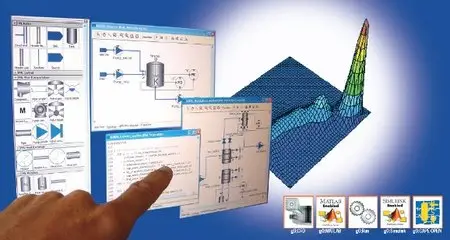October 2025
| Su | Mo | Tu | We | Th | Fr | Sa |
|---|---|---|---|---|---|---|
| 28 | 29 | 30 | 1 | 2 | 3 | 4 |
| 5 | 6 | 7 | 8 | 9 | 10 | 11 |
| 12 | 13 | 14 | 15 | 16 | 17 | 18 |
| 19 | 20 | 21 | 22 | 23 | 24 | 25 |
| 26 | 27 | 28 | 29 | 30 | 31 | 1 |
Attention❗ To save your time, in order to download anything on this site, you must be registered 👉 HERE. If you do not have a registration yet, it is better to do it right away. ✌

SpicyMags.xyz

SpicyMags.xyz
Process Systems Enterprise gPROMS 3.15
Date: 6 Aug 2009 23:42:54
gPROMS is the leading Advanced Process Modelling environment for the process industries. It can be applied across many application areas in all process sectors. gPROMS's process modelling, process simulation and optimisation capabilities are used to generate high-accuracy predictive information for decision support in product and process innovation, design and operation.
gPROMS is an equation-oriented modelling system used for building, validating and executing first-principles models within a flowsheeting framework.
Models are constructed in the gPROMS ModelBuilder by writing down the fundamental chemistry, physics, chemical engineering, operating procedures and other relationships that govern the process or product behaviour.
The resulting model is then validated against observed data — typically, laboratory, pilot plant or operating data — to adjust model parameters such as heat transfer coefficients to match reality as closely as possible.
Of course, you don't need to create a model from scratch every time – you can use one of the many state-of-the-art gPROMS model libraries, or create your own library for publishing throughout your organisation.


